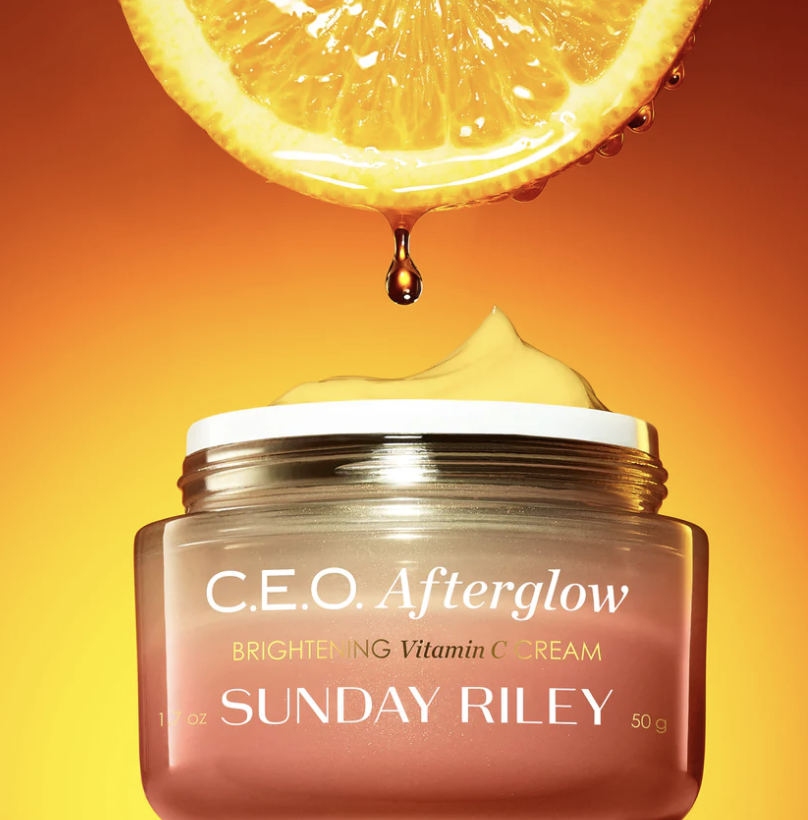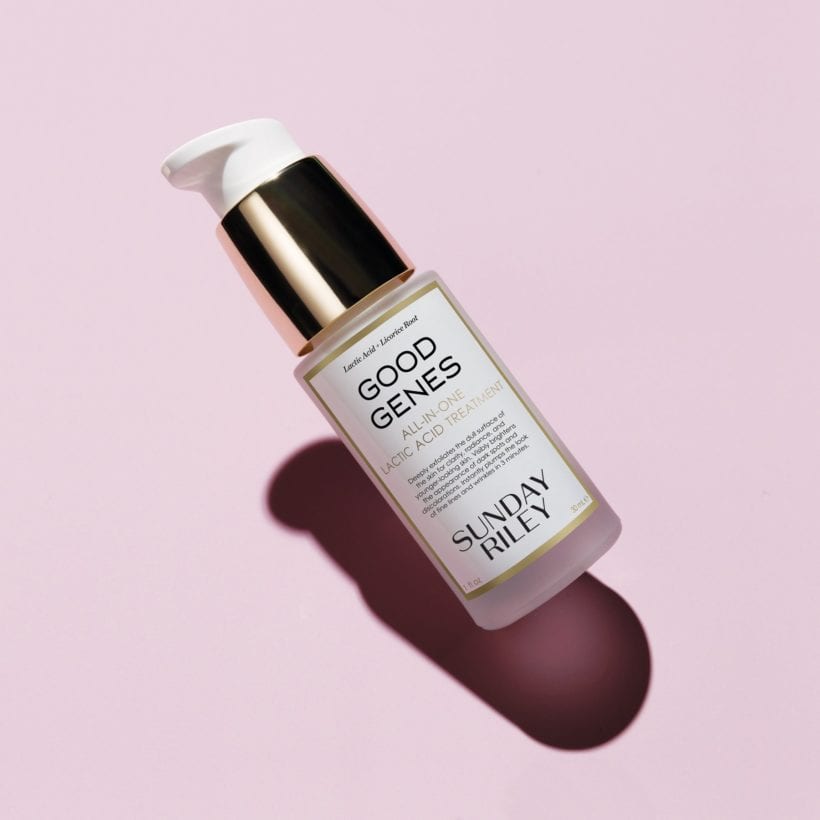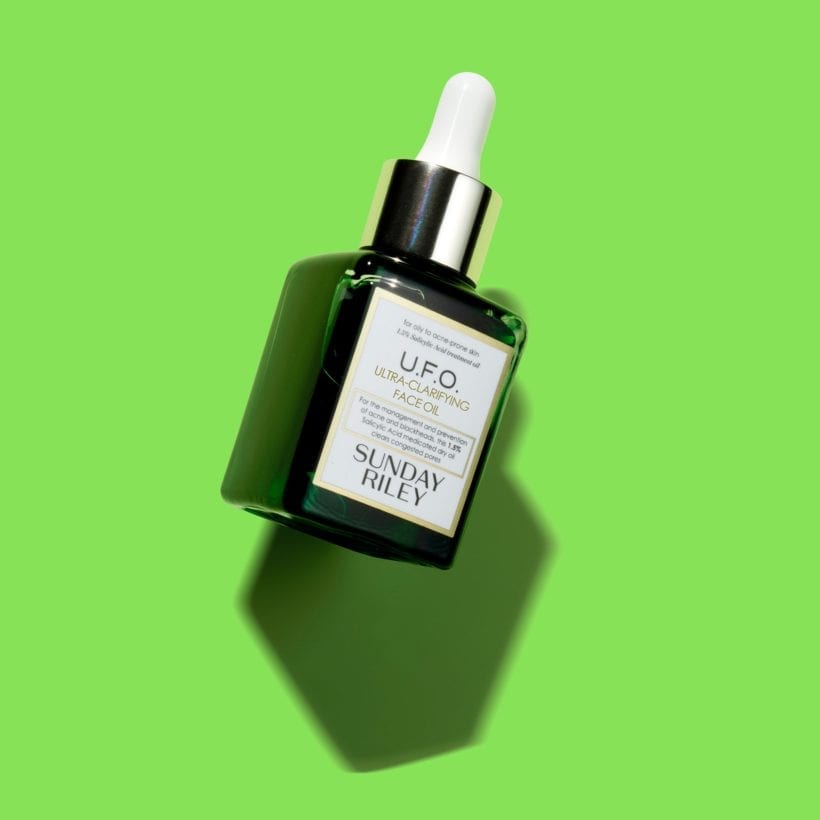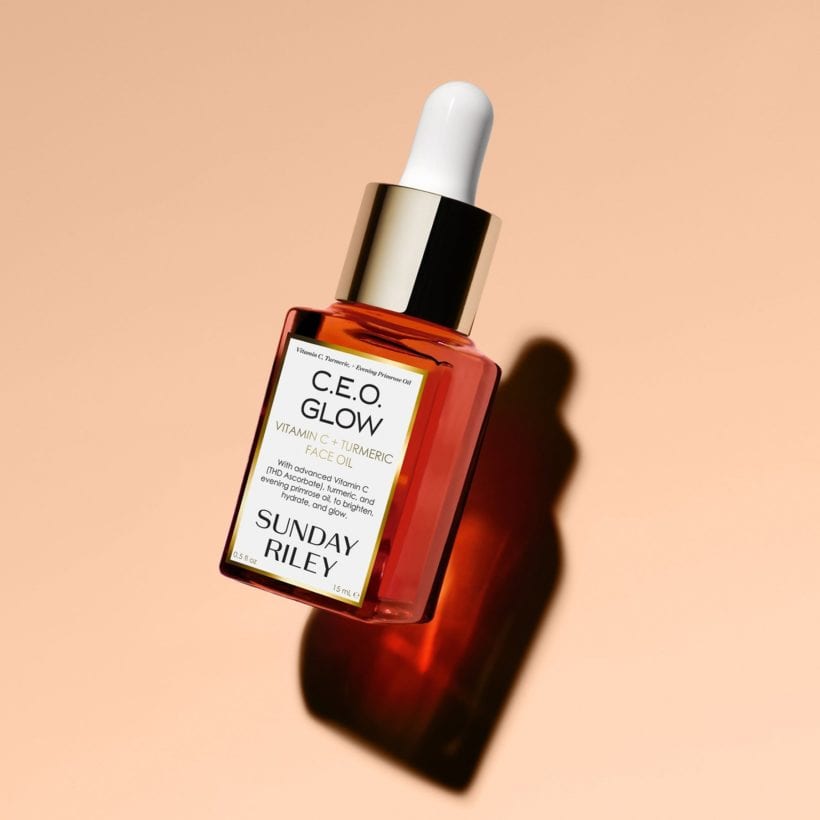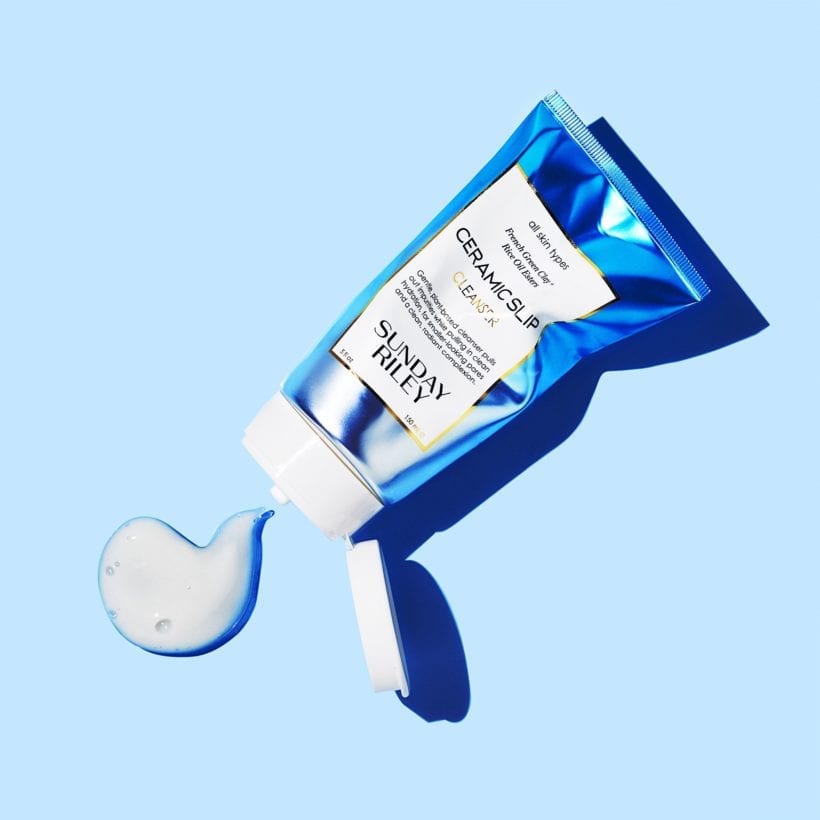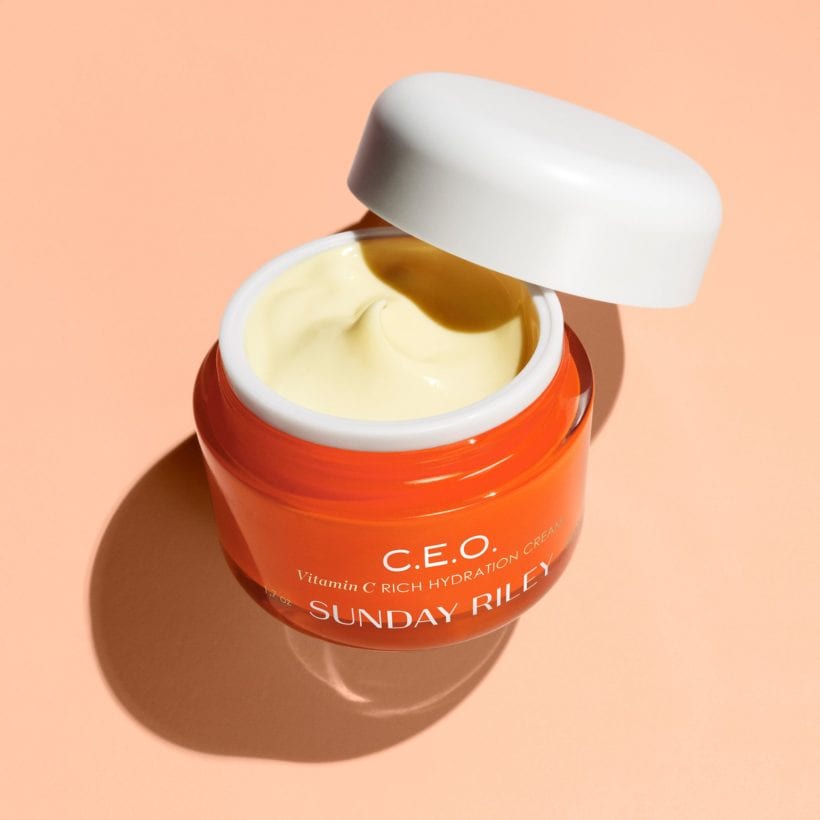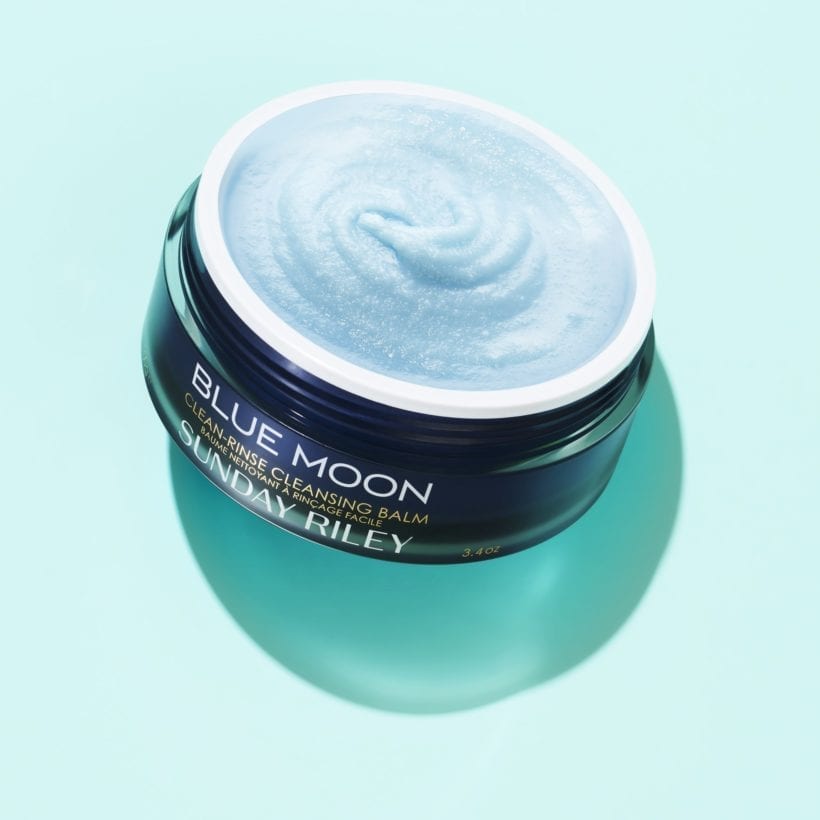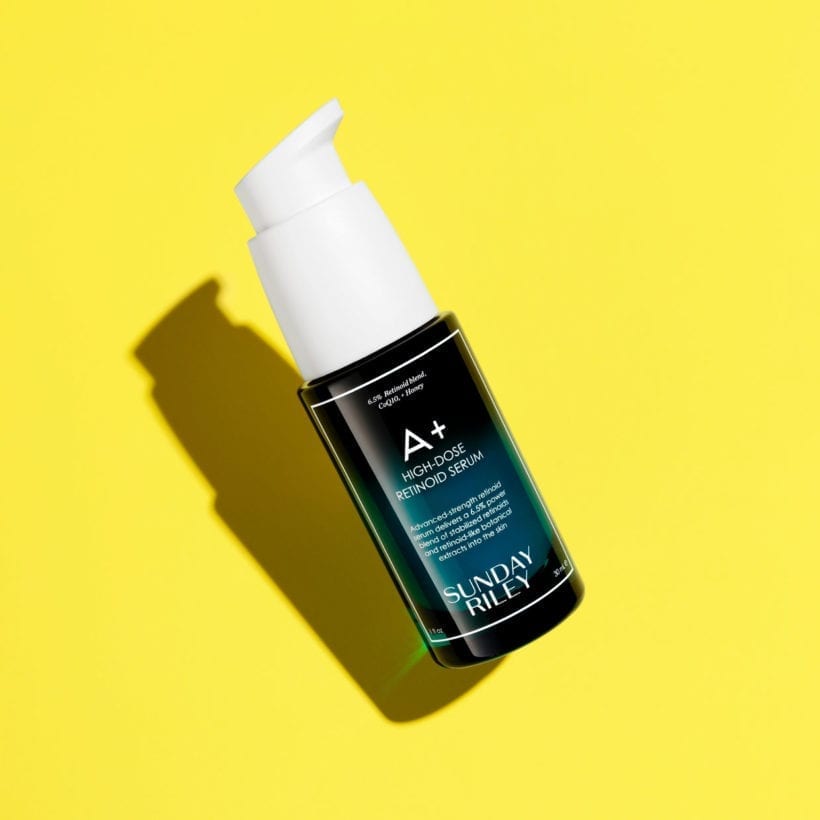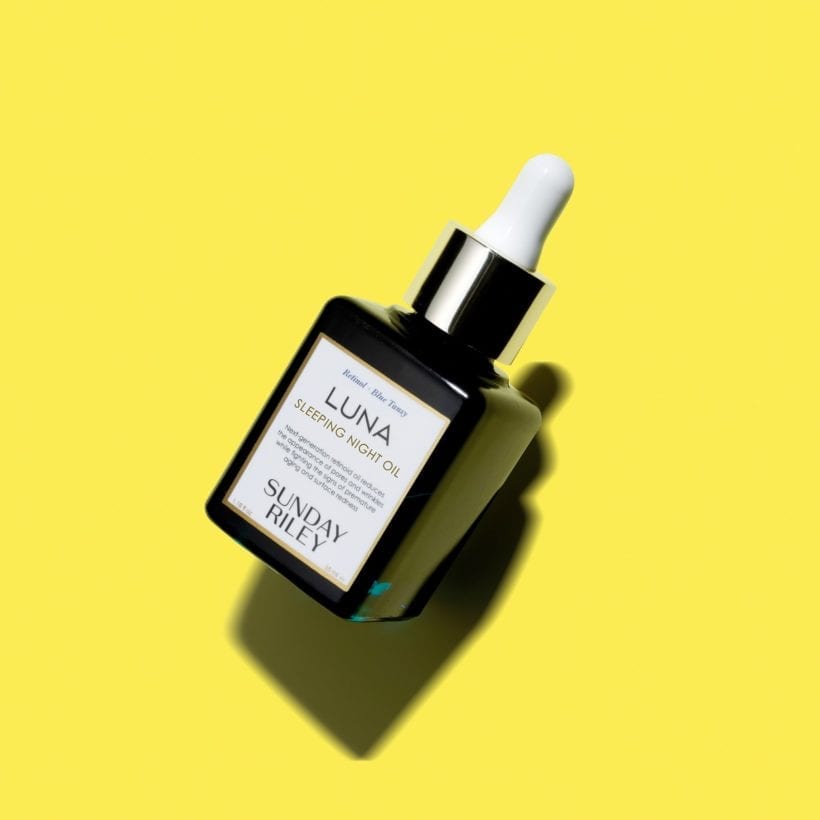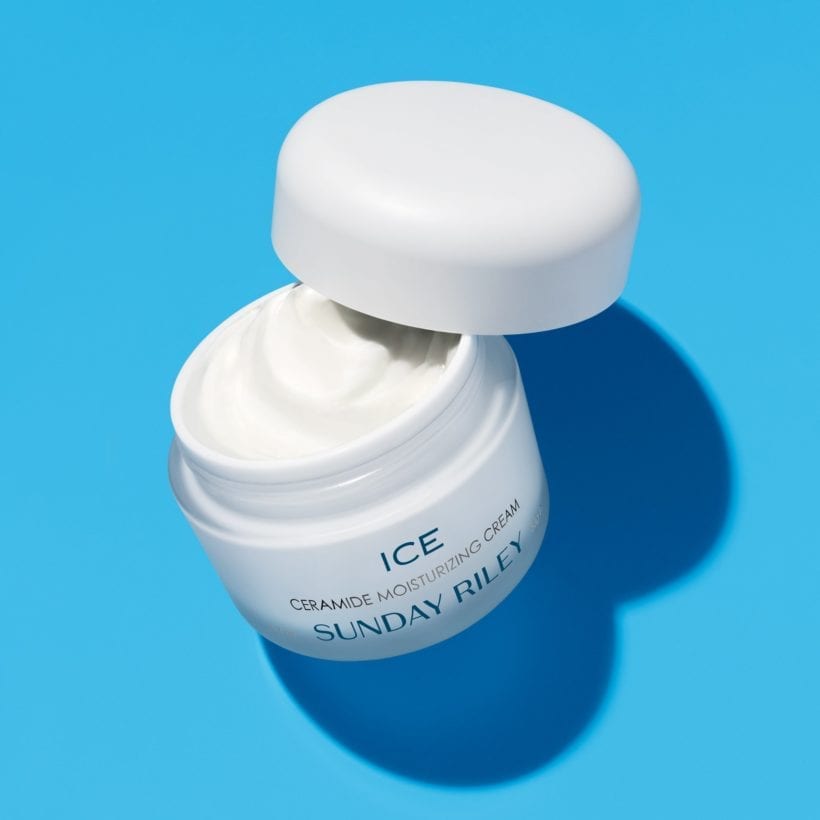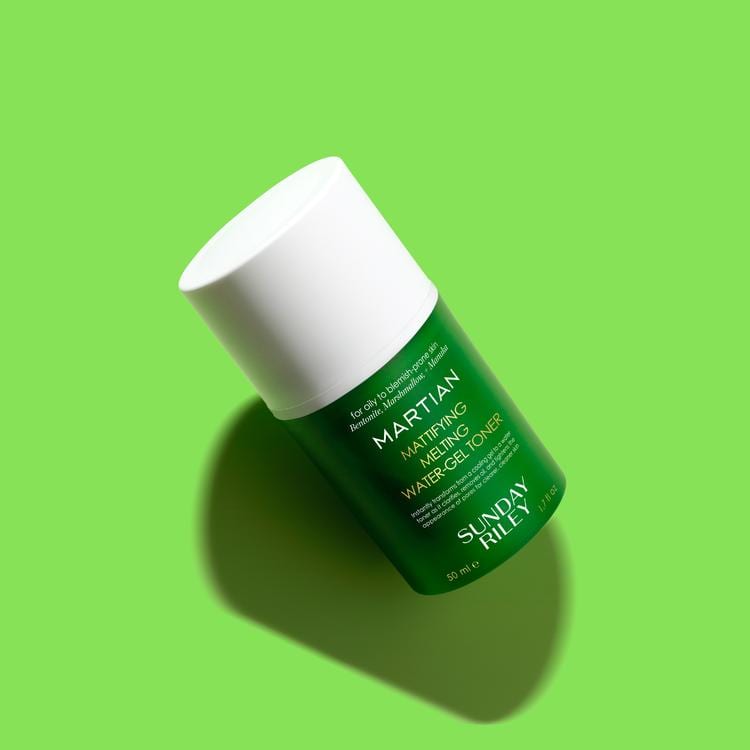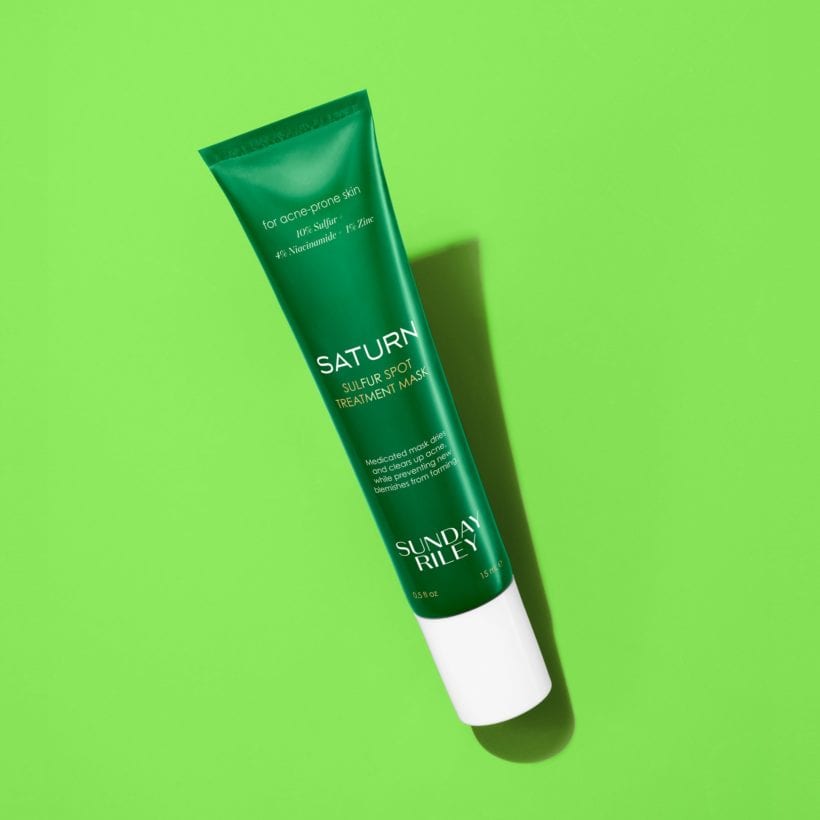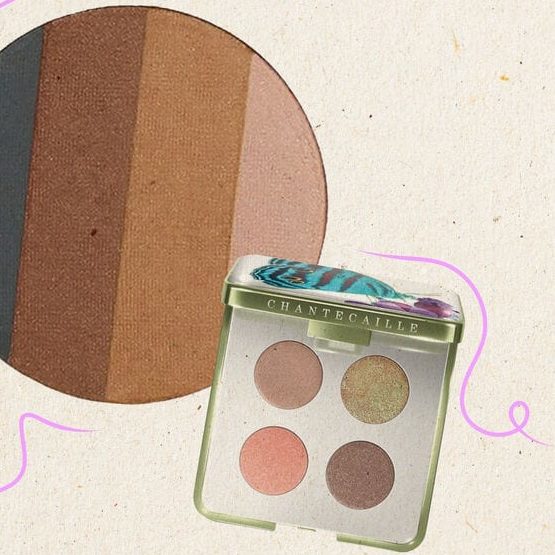The transition from winter to spring always feels like a big reset. There’s spring cleaning, swapping out your wardrobe, the Earth blooming to life, and just a general feeling of hitting the reset button — especially this year. But something you may not have considered is how you should be resetting your skincare routine, too. As temperatures rise and the cold air starts to head out the back door, there are a few swaps to make within your beauty routine to keep skin happy, healthy, and glowing. So, exactly what products (and ingredients) should you leave behind from your winter routine? Ahead, board-certified dermatologist and founder of Surface Deep, Dr. Alicia Zalka breaks down the best spring skincare routine for each skin type.
Tips for Transitioning Your Skincare Routine From Winter to Spring
In general, Dr. Zalka recommends “lightening” up your skincare products when it comes to viscosity and texture. As both temperatures and humidity rise, there’s less of a need for thick, goopy creams and protective balms. Depending on your exact skin type (more on that below), Dr. Zalka recommends making the following swaps as temperatures begin to rise:
- Use lightweight lotions and moisturizers, like Sunday Riley C.E.O. Afterglow Brightening Vitamin C Gel Cream.
- If you’re acne-prone, make sure your oils are non-comedogenic.
- Using gentle exfoliants can help clean out your pores and keep your skin fresh.
- Consider a tinted moisturizer or tinted SPF instead of a cream foundation.
- Add a toner after cleansing to treat clogged pores.
- Switch your deodorant to a formula that won’t leave layers of waxy, pore-clogging buildup (we recommend Surface Deep Antiodorant Pads)
- Make sure you’re using an SPF of at least 30 (you should be using a sunscreen every day, 365 days a year, but it’s even more important as you start spending more time outdoors).
How To Use A Spring Skincare Routine for Mature or Dry Skin
Morning Beauty Tips
- Cleanse: “Use non-foaming, liquid cleanser (for sensitive skin, use a fragrance- and alcohol-free version and look for soothing ingredients such as cucumber or glycerin) to gently wash the entire face and neck with fingertips using warm water for about 30 seconds,” says Dr. Zalka. “Rinse with cool water, then gently pat dry with tissues or a soft towel.” Find a cleanser that pulls hydration back into the skin.
- Toner (optional) or Essence: “Dry skin types generally do not need a toner, however, to achieve a second step in the cleansing routine, look for a toner or essence that is water-based and contains ingredients such as glycerin, cucumber, or hyaluronic acid to soothe and hydrate the skin,” says Dr. Zalka. “A spray toner or essence is best for sensitive or very dry skin, as it provides a welcome moist refresh.”
- Serum: Dr. Zalka recommends choosing a lightweight oil or serum such as vitamin C or hyaluronic acid (vitamin C for brightening, hyaluronic acid for hydration) as the next step in your routine.
- Moisturize: Next, Dr. Zalka advises using a lightweight moisturizer, and preferably one that also contains SPF.
- Protect: Finally, finish your skincare routine with an SPF of at least 30, and be sure to apply it to the face, neck, ears, tops of the hands, and anywhere else that is not protected by clothing. You should apply sunscreen even if you used a moisturizer with SPF (think of SPF moisturizers as just providing some added protection, like the cherry on top).
Nighttime Skincare Guide
At night, you can repeat your morning skincare routine with just a few modifications:
- Before cleansing, remove any eye makeup with a gentle makeup remover that contains a light oil, aloe, or micellar water or a gentle makeup remover pad. Then cleanse the skin with a gentle cleanser.
- As many nights a week as your skin will tolerate, layer on your retinoid of choice. (Pro tip: Retinoids in serum form layer well under thicker nighttime moisturizers.)
- Use a nighttime moisturizer that contains niacinamide or hyaluronic acid for extra plumping and overnight hydrating.
- Skip SPF.
How To Use A Spring Skincare Routine for Oily/Combo Skin
Morning Beauty Tips
- Cleanse: “Choose a cleanser with a gel base,” says Dr. Zalka. “If you’re experiencing a more dry skin day, opt for a lotion-based cleanser. Wash your entire face and neck gently with a soft washcloth and warm water, making sure to get to the crease of the chin and nostrils (where oils build up). Massage cleanser in a circular motion for about 30-45 seconds, then rinse with cool water. Pat dry with tissues or a soft towel.”
- Deep Cleanse: “Once a week, perform a deep or exfoliating cleanse with either: glycolic acid, malic acid, or at-home chemical peel pads, or you can use an exfoliating brush,” says Dr. Zalka. She adds that if you opt for an exfoliating brush, don’t apply pressure; use it very gently and let the tool do the work for you.
- Toner: For toner, Dr. Zalka advises to look for a formula made with rose or citrus enhancers, which will “slightly lower the skin pH and minimize oils within the T-zone.”
- Moisturize: Use a lightweight, oil-free moisturizer (a gel or gel-cream formula is recommended for this skin type) with nourishing ingredients.
- Protect: As always, finish off with SPF on your face, ears, tops of the hands, and anywhere else that is exposed (i.e. not covered by clothing). An SPF of at least 30 is recommended.
Nighttime Skincare Guide
Repeat your morning skincare routine with the following modifications:
- Remove any eye makeup with a gentle makeup remover that contains a light oil, aloe, or micellar water or a gentle makeup remover pad. Follow up with a gentle cleanser as a double-cleanse.
- Apply a retinol-containing product. (We recommend applying a retinoid serum under your moisturizer).
- Skip SPF.
How To Use A Spring Skincare Routine for Acne-Prone Skin
Morning Beauty Tips
- Cleanse: “First, use a benzoyl peroxide-based face wash to entire face except eye area,” says Dr. Zalka. “Then rinse with cool water and pat dry with a towel.”
- Toner: “Choose an AHA, glycolic, or malic acid toner (either as dispensed from a bottle to an applicator or a product that is formulated as a ‘peel pad’) especially in the T-zone area,” Dr. Zalka advises. “Toners are greatly helpful for this skin type, as they aid in preventing clogged pores, skin debris, and excess oils.” Just be sure to look for a skin-balancing formula that isn’t overly drying (stripping the skin of its natural oils can cause your skin to over-produce even more oil).
- Moisturize: “Apply an oil-free lotion that contains SPF, then primer and oil-free makeup foundation (if you wear makeup),” says Dr. Zalka. “Look for primers and makeup for acne-prone skin. Some contain salicylic acid and may help blemishes while acting to conceal acne.”
- Protect: In case you haven’t noticed the pattern by now, all skin types should end their morning skincare routines with an SPF of at least 30. If you experience body acne, try wearing breathable SPF formulas and and/or UV protective clothing.
Nighttime Skincare Guide
- First, remove any makeup with an oil-free makeup remover such as one containing micellar water.
- Cleanse: “As oil production on the skin can build up during the day, washing the face at night is very important,” says Dr. Zalka. “Wash the entire face with a gel cleanser and use a salicylic acid-based wash 2-3 times per week if your skin is very oily or plugged. Use warm water to lather cleanser with fingers or washcloth or facial sponge for about 30-45 seconds and rinse with cool water.”
- Deep Cleanse: “To help reduce blackheads, use an exfoliating sponge or mechanical exfoliator 2-3 times per week,” says Dr. Zalka. She adds that it’s important not to add pressure while using these tools — does not press down and be very gentle when using these tools.
- Toner: “If you’re doing a deep cleanse, you can skip toner,” says Dr. Zalka. “If you’re not doing a deep cleanse, use your AM toner again in the PM, as long as your skin is not too sensitive.”
- Acne Medication (optional): If you’ve been prescribed a retinoid for your acne, you use spot treatments, or you use targeted treatment gels, apply them after your toner (but before your moisturizer). Most of these products are designed to be applied at night, but if your derm has advised you to use treatment in the morning, follow the course of treatment they’ve prescribed. If you need, use a spot treatment with sulfur for blemishes and congested areas.
- Moisturize: “Use a light lotion moisturizer (oil-free is best) that contains hyaluronic acid, niacinamide, ceramides, or stem cells,” says Dr. Zalka. “Apply to the entire face and neck, and since it’s nighttime, you can skip sunscreen.”
We only recommend products we have independently researched, tested, and loved. If you purchase a product found through our links, Sunday Edit may earn an affiliate commission.

